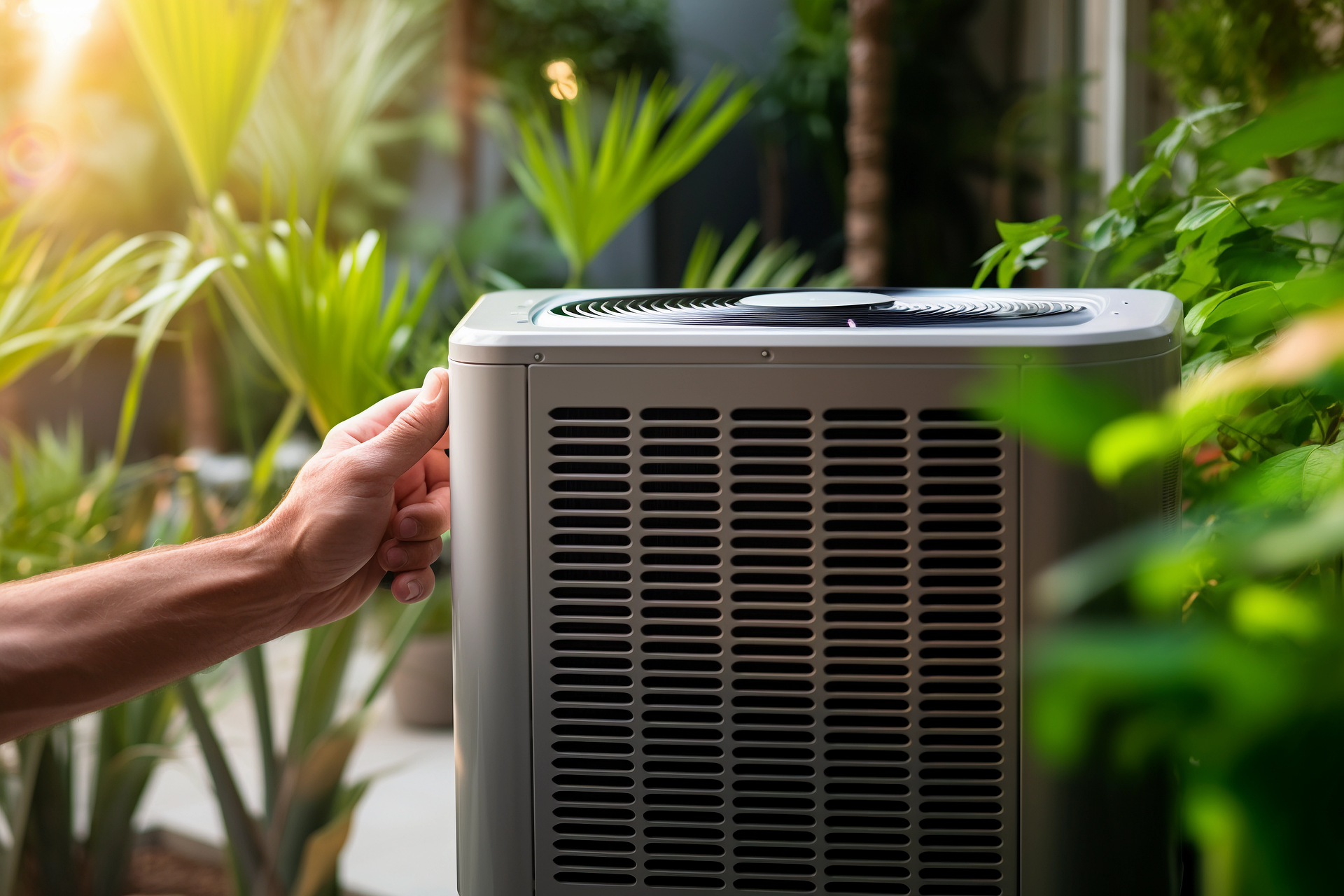Discover Vent Duct Cleaning and Cost Guide for Seniors
Air duct cleaning is a home maintenance task that often goes overlooked, especially for seniors who may face challenges with household upkeep. Clean air ducts contribute to better indoor air quality and can potentially reduce allergens in the home—an important consideration for older adults who may have respiratory sensitivities. This guide explores vent duct cleaning specifically for seniors, including methods, services, costs, and how to select the right provider to ensure clean, efficient home ventilation systems.

Understanding Vent Duct Cleaning
Vent duct cleaning involves the removal of dust, debris, mold, and other contaminants from the heating, ventilation, and air conditioning (HVAC) system in your home. For seniors, maintaining clean ducts can be particularly important as respiratory issues become more common with age. The process typically includes cleaning various components such as supply and return air ducts, registers, grilles, diffusers, heat exchangers, drip pans, and the air handling unit housing. Regular cleaning can help maintain efficient airflow and potentially improve indoor air quality, which is crucial for seniors who may spend more time at home.
Common Vent Duct Cleaning Methods
Several professional cleaning methods exist for air ducts, each with its own advantages. The most common approach uses specialized vacuum equipment that creates negative pressure while brushing tools loosen debris from duct walls. Another method involves point-of-contact cleaning, where technicians access ducts through small holes to remove contaminants directly. Some companies offer chemical treatments to address mold or bacteria issues, though seniors should be cautious about potential sensitivities to these substances. The National Air Duct Cleaners Association (NADCA) recommends source removal methods that physically dislodge debris while keeping it contained—an important consideration for seniors with respiratory concerns.
Professional Cleaning Services vs. DIY Approaches
While DIY vent cleaning might seem cost-effective, professional services offer distinct advantages for seniors. Professional cleaners have specialized equipment that reaches deep into ductwork, something household vacuums cannot accomplish. They also have the training to identify potential issues like mold growth or duct damage. For seniors with mobility limitations, hiring professionals eliminates the physical demands of cleaning ducts, including climbing ladders and handling heavy equipment. However, simple maintenance like changing furnace filters regularly can be managed independently between professional cleanings. Many companies offer senior discounts, making professional services more accessible.
Cost Factors for Vent Duct Cleaning
The cost of vent duct cleaning varies based on several factors including home size, system complexity, contamination level, and geographic location. On average, seniors can expect to pay between $300 and $700 for a complete duct cleaning service in a typical home. Additional services like sanitizing treatments, mold removal, or repairs to ductwork will increase costs. Some companies offer package deals that might include dryer vent cleaning or furnace maintenance, which could provide better value. Seniors should be wary of significantly lower-priced services, as these may indicate incomplete cleaning or potential bait-and-switch tactics.
| Service Level | Average Cost Range | What’s Typically Included |
|---|---|---|
| Basic Cleaning | $250-$400 | Standard duct cleaning, register cleaning |
| Mid-Range Service | $400-$600 | Basic cleaning plus sanitizing treatment |
| Comprehensive Service | $600-$1,000 | Complete HVAC system cleaning, sanitizing, camera inspection |
| Additional Services | $75-$200 each | Dryer vent cleaning, furnace inspection |
Prices, rates, or cost estimates mentioned in this article are based on the latest available information but may change over time. Independent research is advised before making financial decisions.
How Can Seniors Plan Cleaning and Schedule Services
For seniors, planning vent duct cleaning requires thoughtful consideration. Experts recommend duct cleaning every 3-5 years for most homes, though those with pets, allergies, or respiratory conditions may benefit from more frequent service. The ideal times for cleaning are early spring or fall, before heavy HVAC system use begins. To prepare for service, seniors should clear access to all vents and registers and consider arranging temporary accommodation if dust sensitivities are severe. Many reputable companies offer free inspections to determine if cleaning is necessary, providing peace of mind before committing to the service. Scheduling during non-peak seasons can often result in better rates and more flexible appointment times.
How to Select the Right Cleaning Service Provider
Choosing a reliable duct cleaning service is crucial for seniors who want quality work without overpaying. Start by seeking NADCA-certified technicians who follow industry standards. Request detailed quotes from at least three providers, comparing not just price but the scope of services offered. Verify that companies carry proper insurance and ask if they offer senior discounts, which can range from 10-15% off regular prices. Check online reviews and ask for references from other senior customers. Reputable companies should provide clear explanations about their cleaning process and be willing to show before-and-after photos or videos of their work. Additionally, ensure the company has experience working with older adults who may have specific health concerns or communication preferences.
Maintaining Air Quality Between Professional Cleanings
After investing in professional duct cleaning, seniors can take steps to maintain air quality between services. Regularly changing HVAC filters every 1-3 months is essential—many companies now offer subscription services that deliver replacement filters directly to your home. Using higher-quality MERV-rated filters can trap more particles but may require more frequent changes. Keeping vents unblocked by furniture and routinely dusting registers helps maintain airflow. For seniors with respiratory concerns, portable air purifiers in frequently used rooms can provide additional filtration. Some seniors find that scheduling a less intensive “maintenance cleaning” between full cleanings helps manage dust and allergens, especially in homes with pets or multiple residents.
By understanding vent duct cleaning options, costs, and how to select services, seniors can make informed decisions that contribute to a healthier home environment while managing their maintenance budget effectively.




